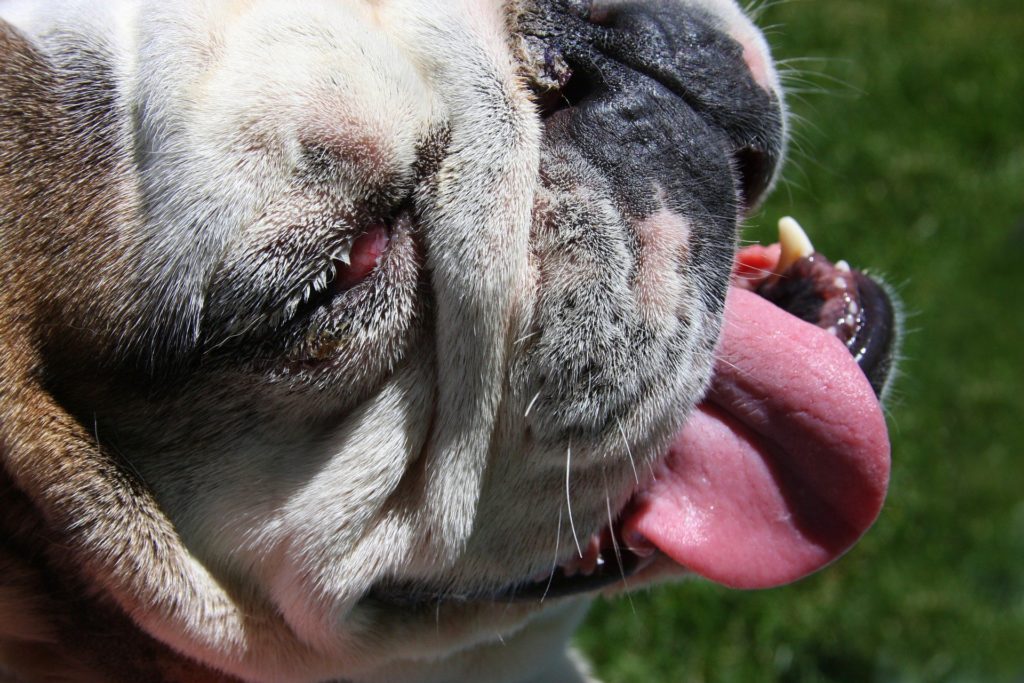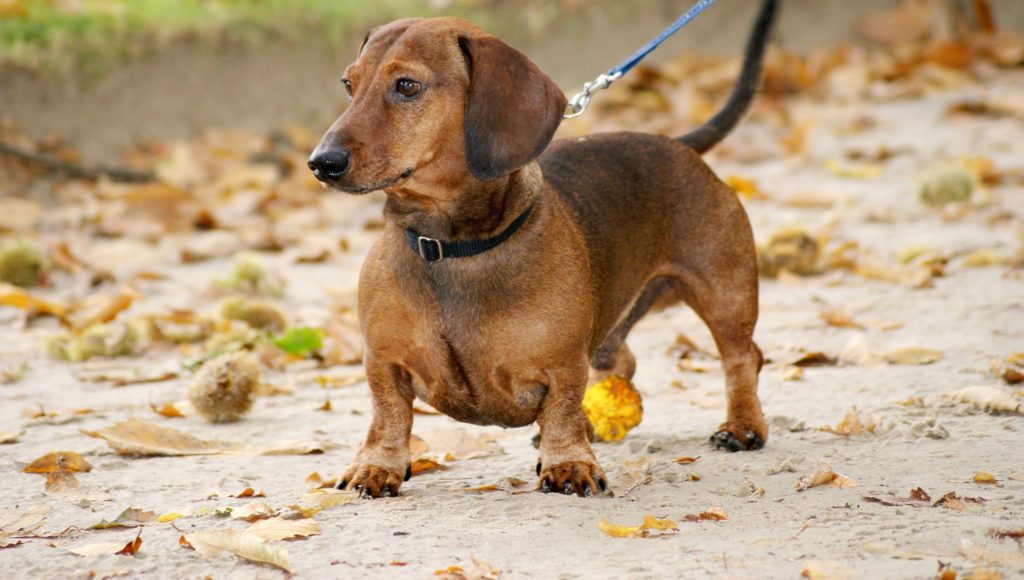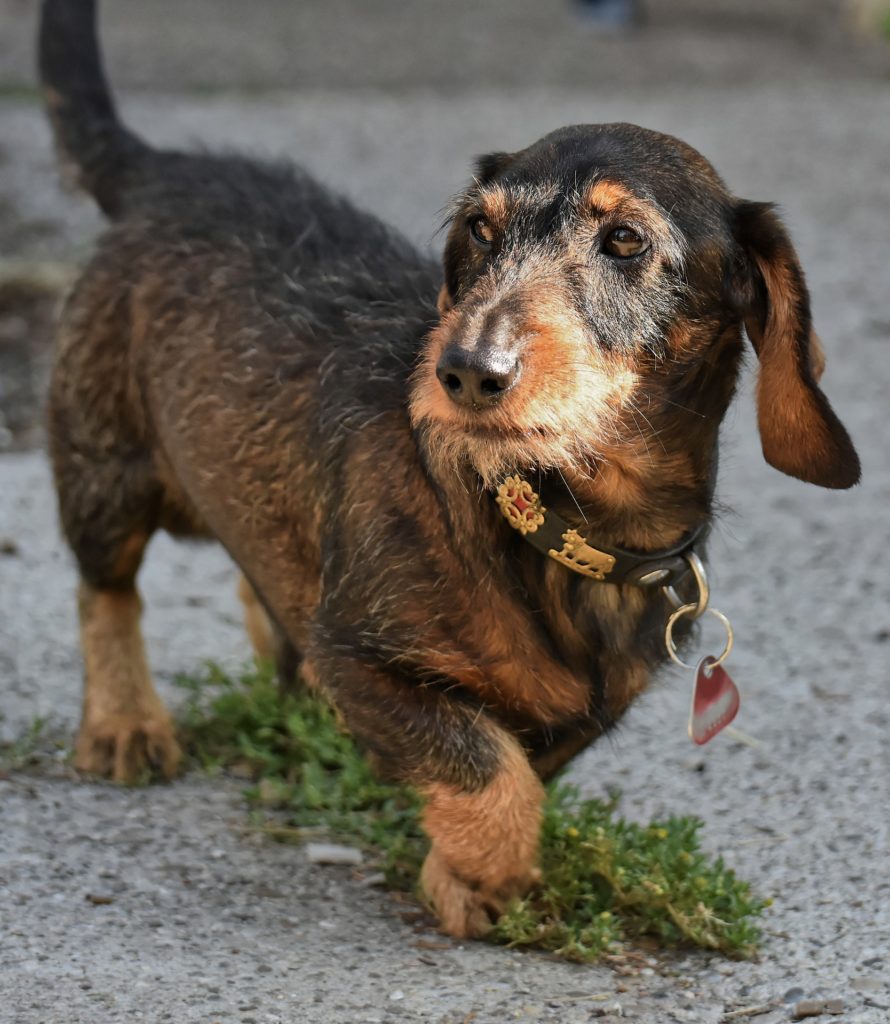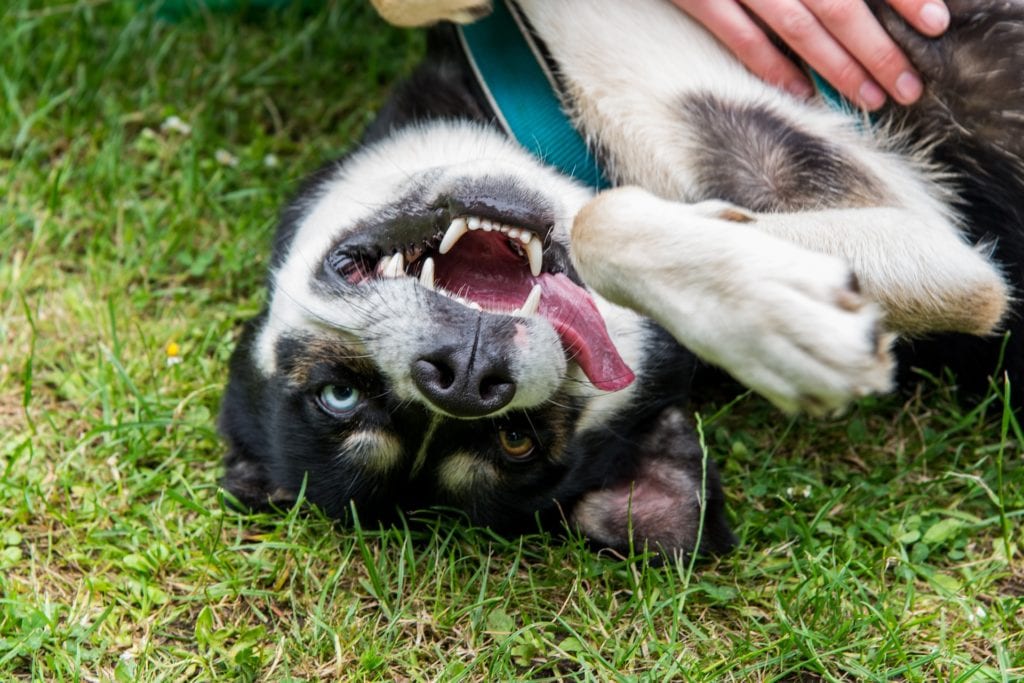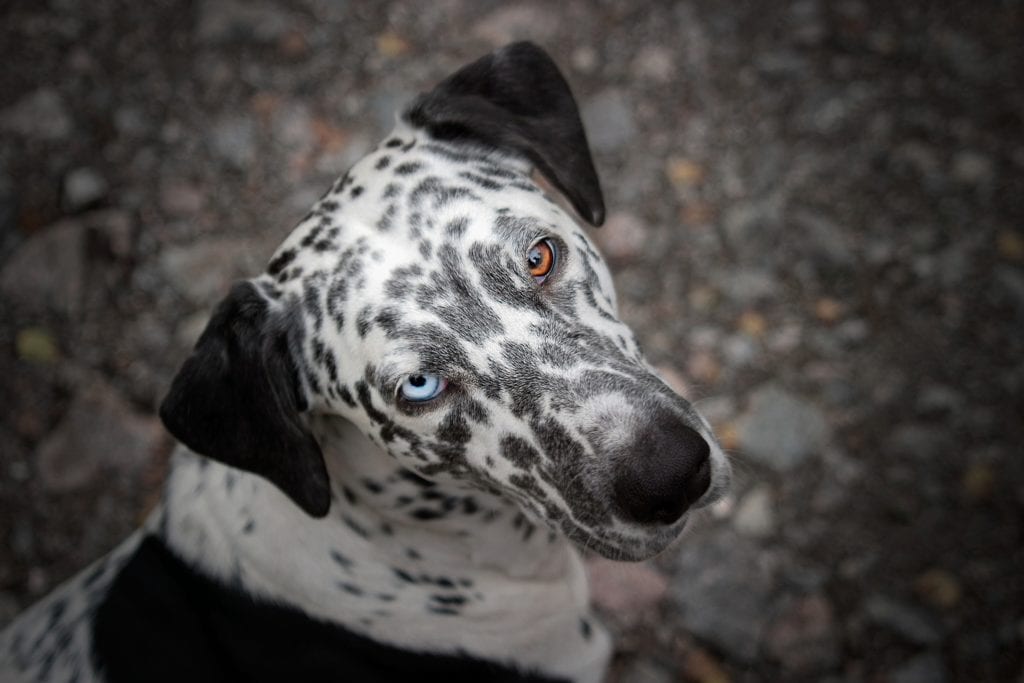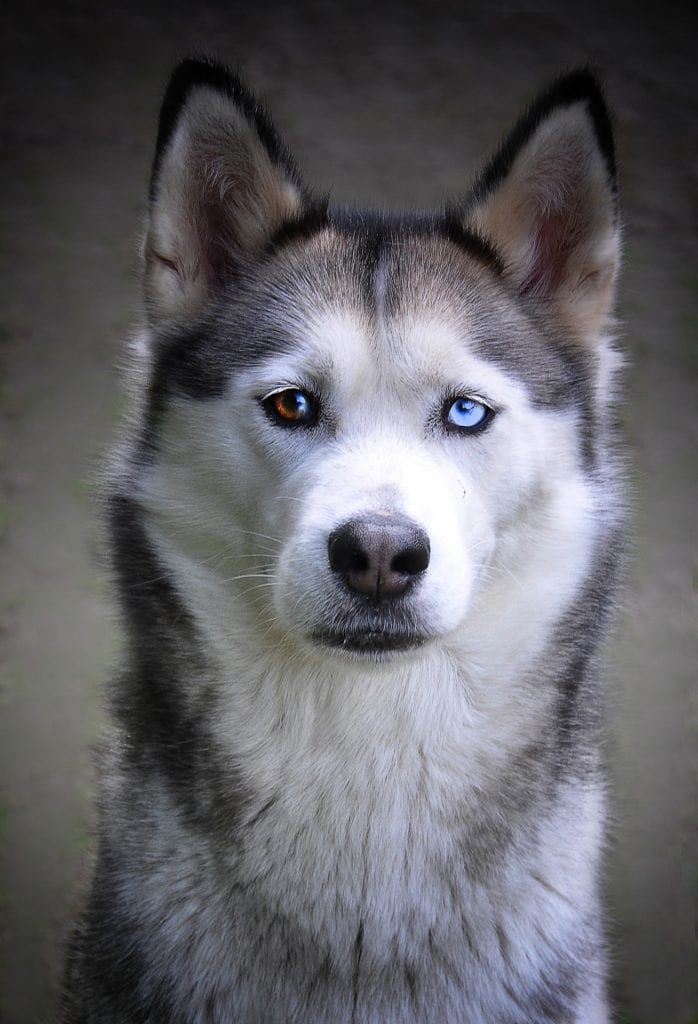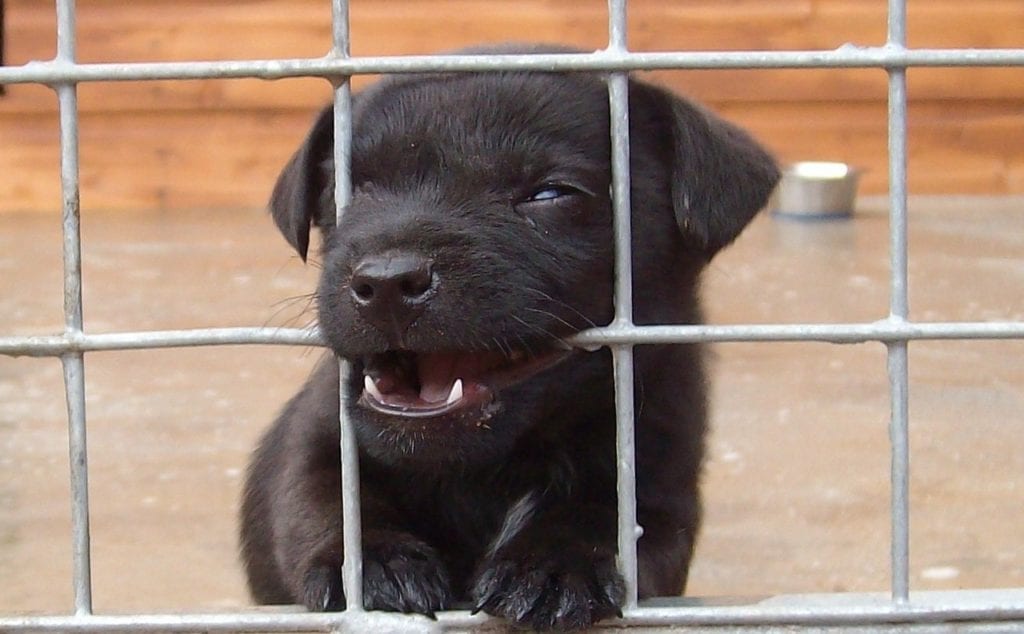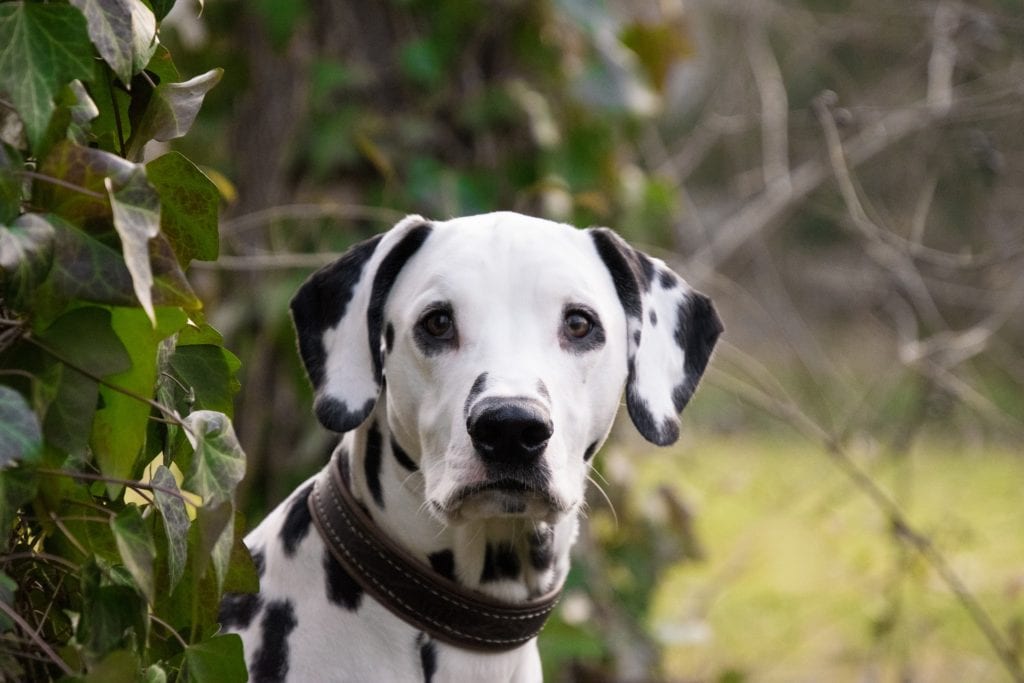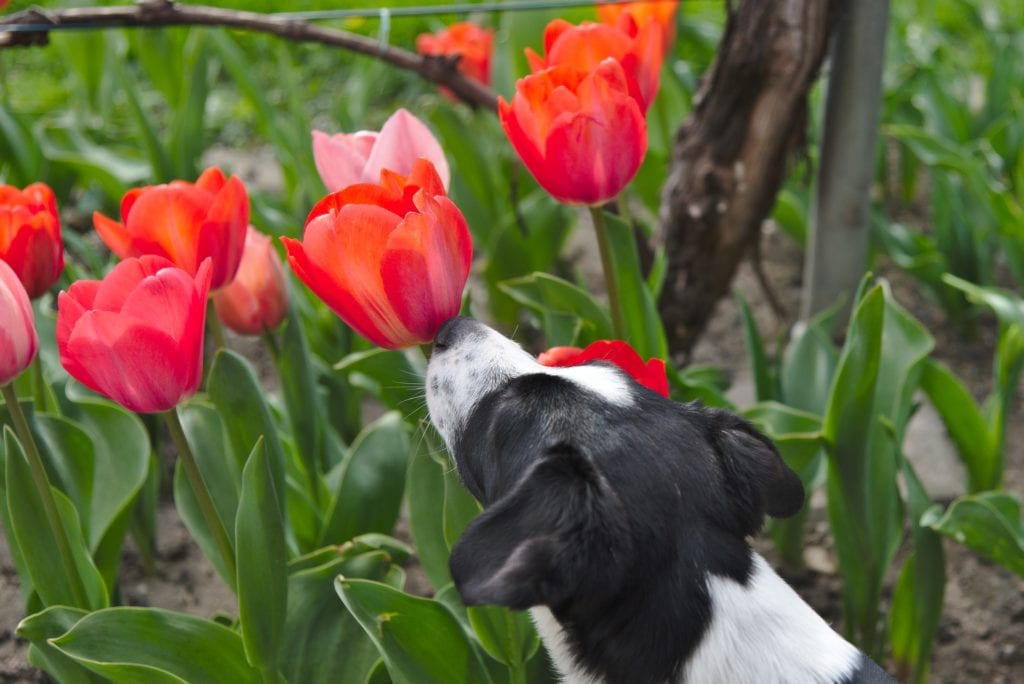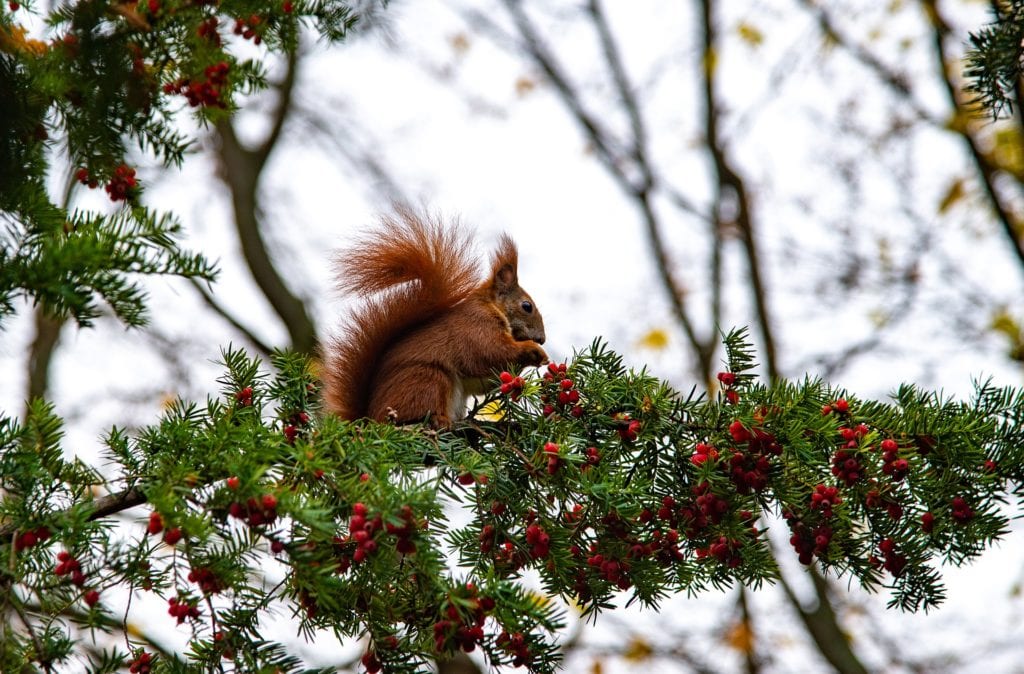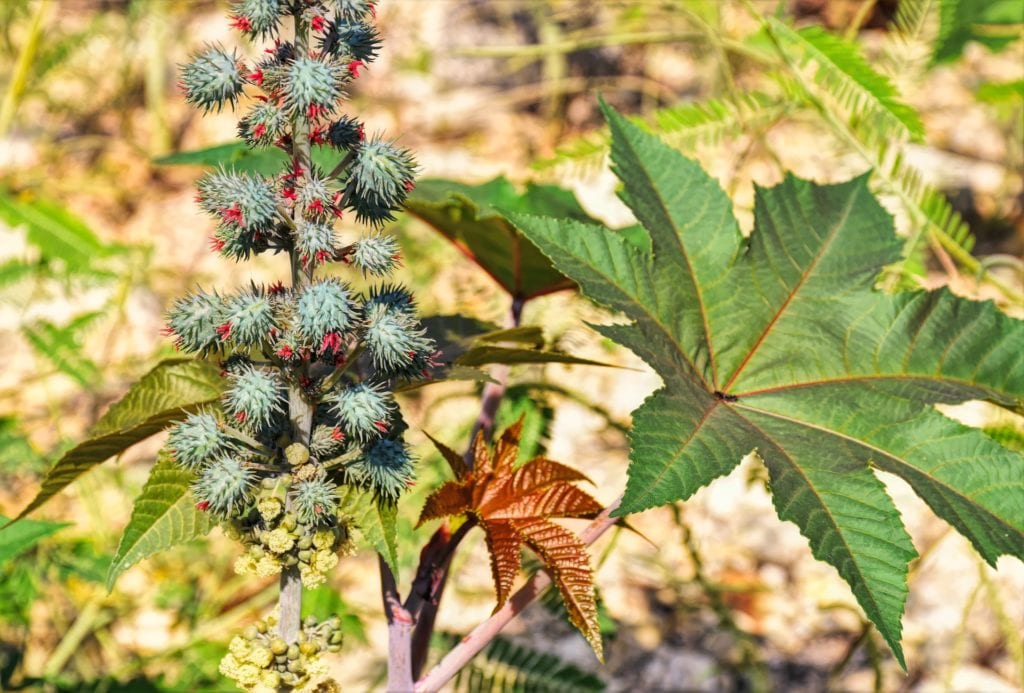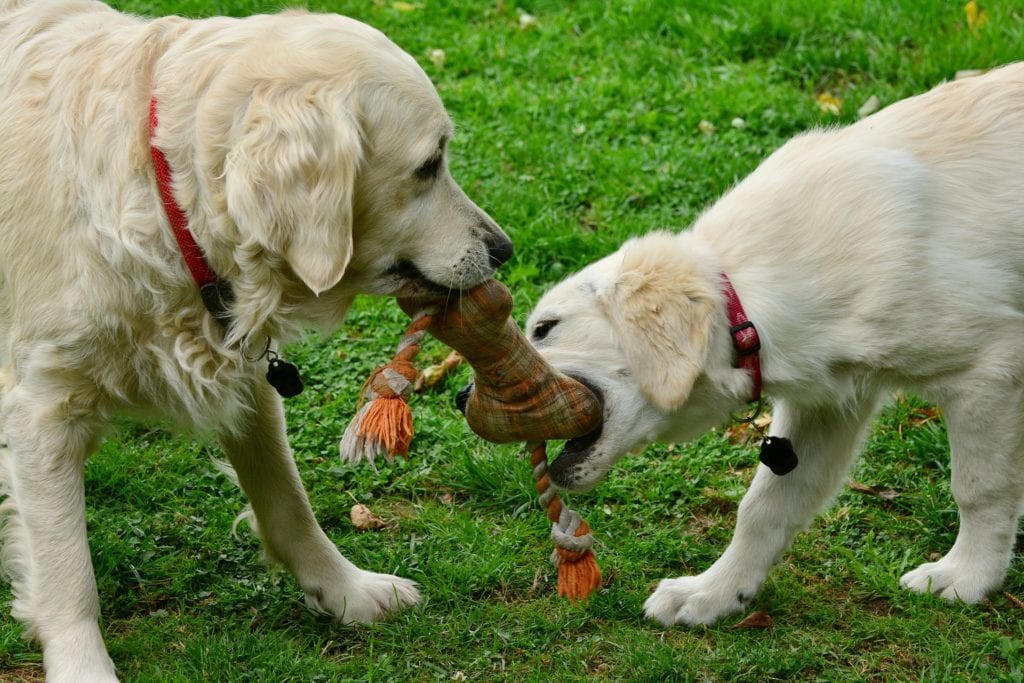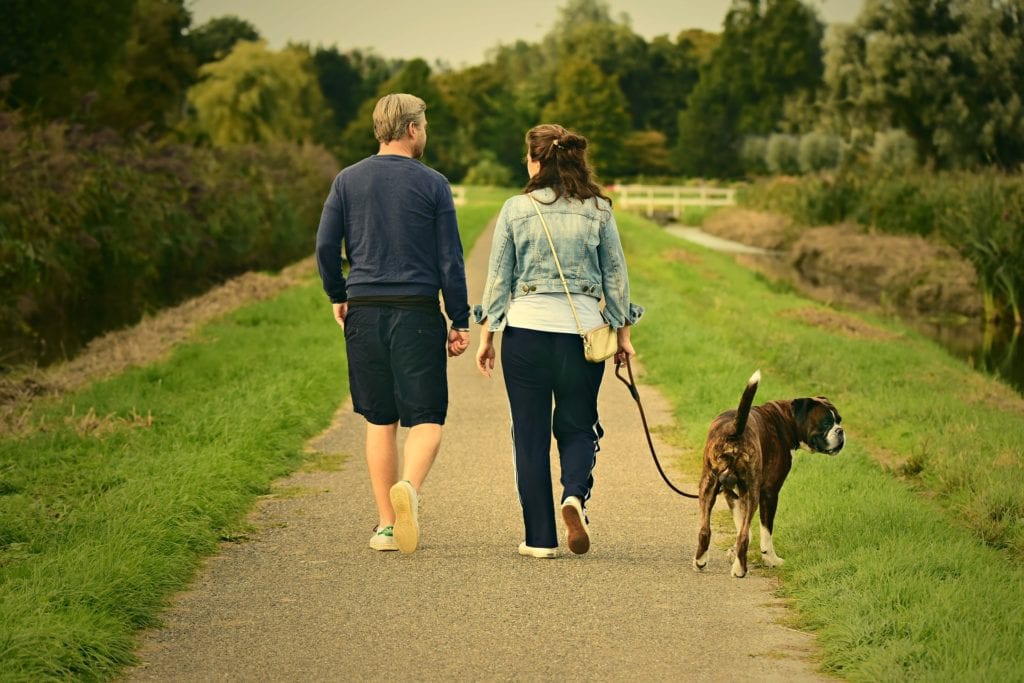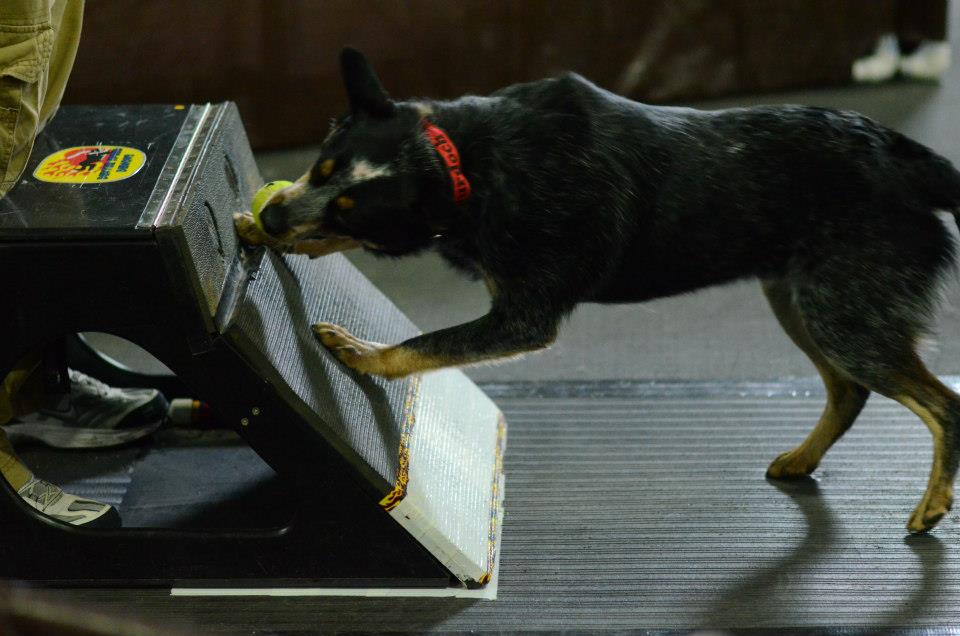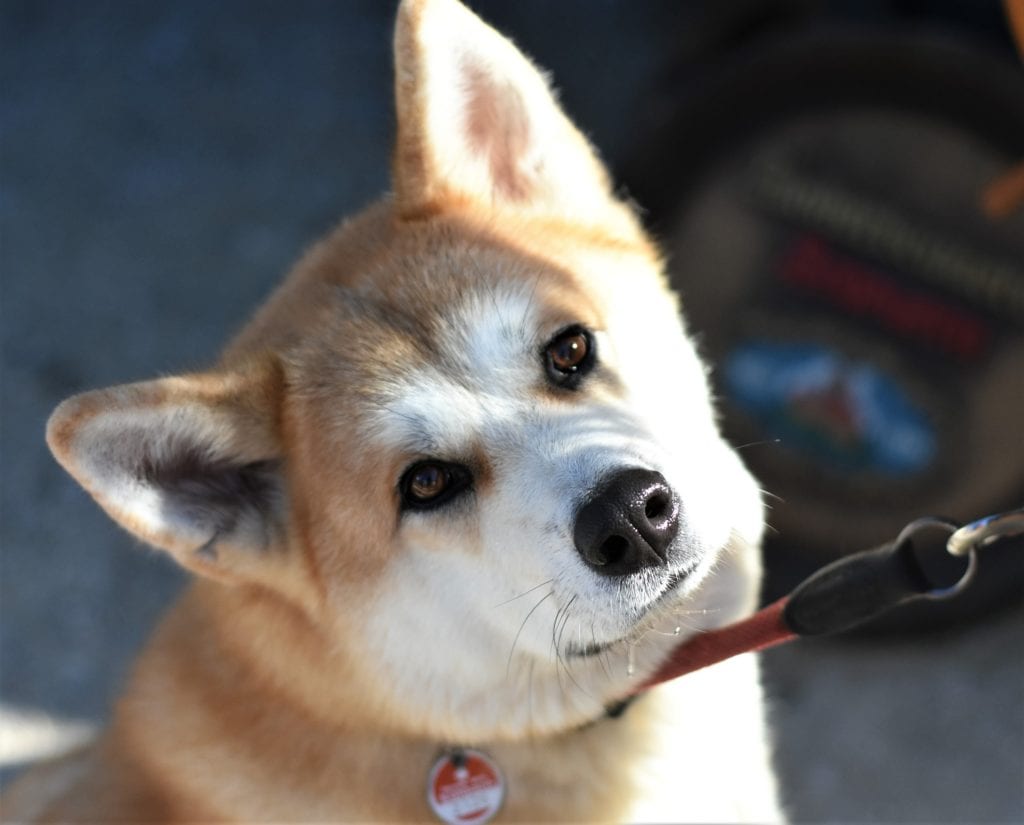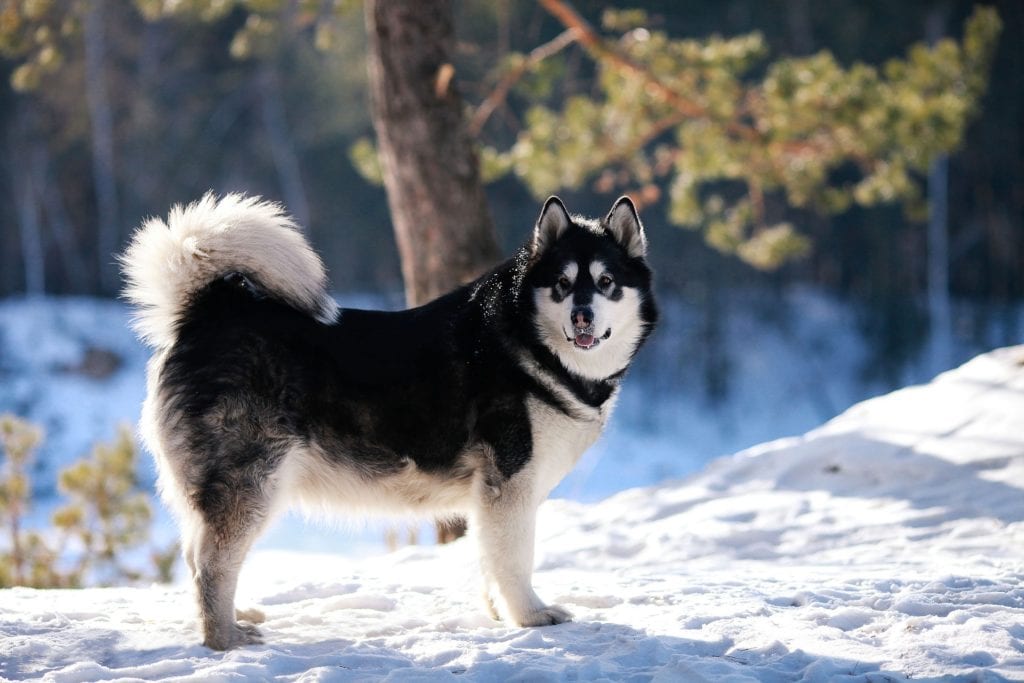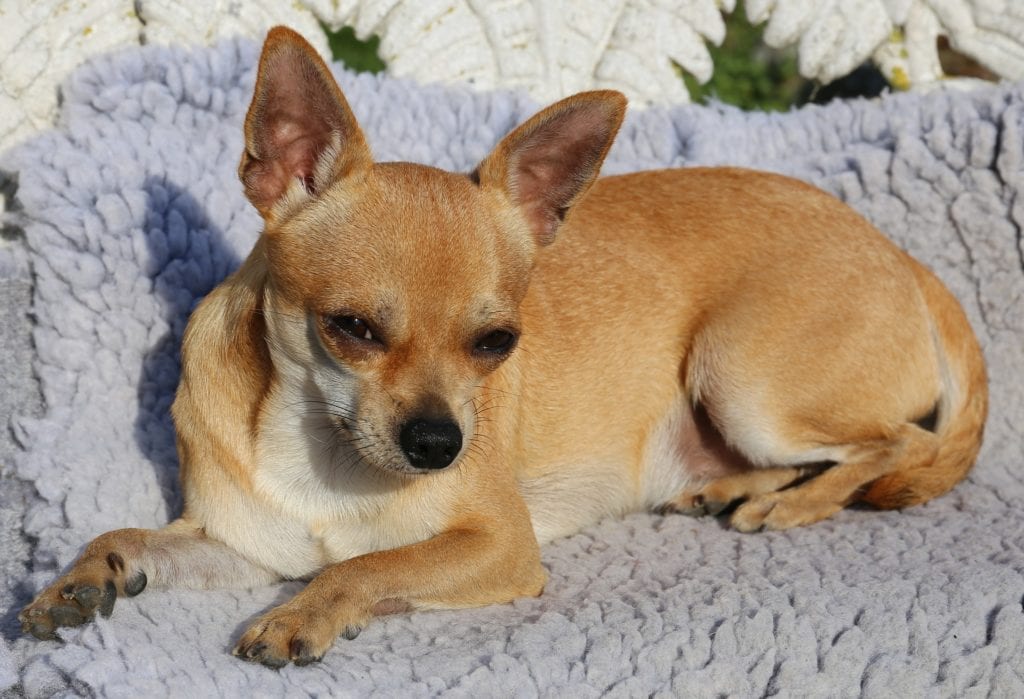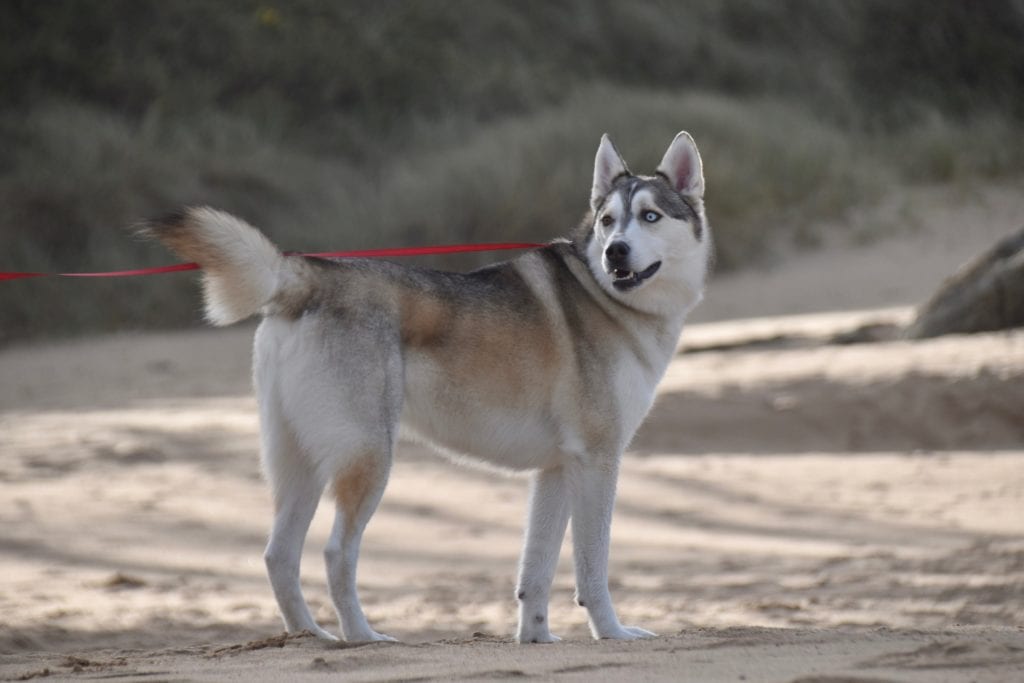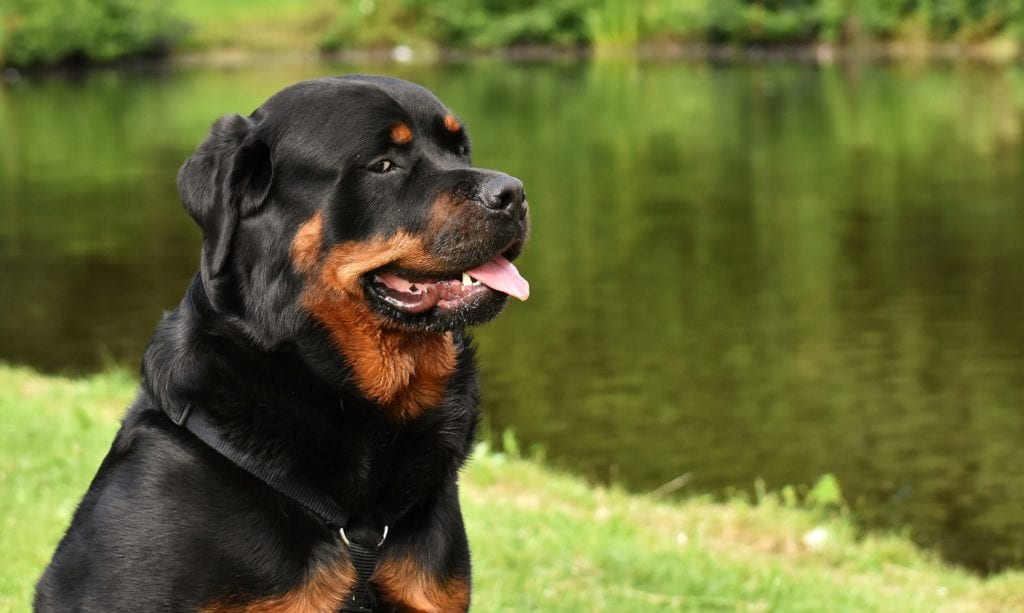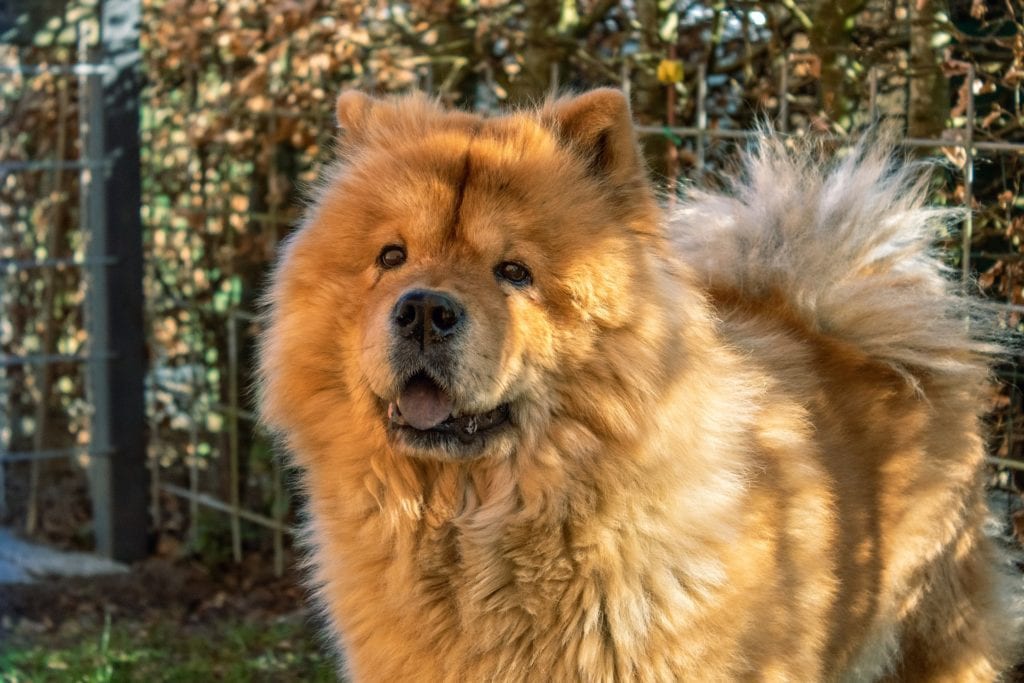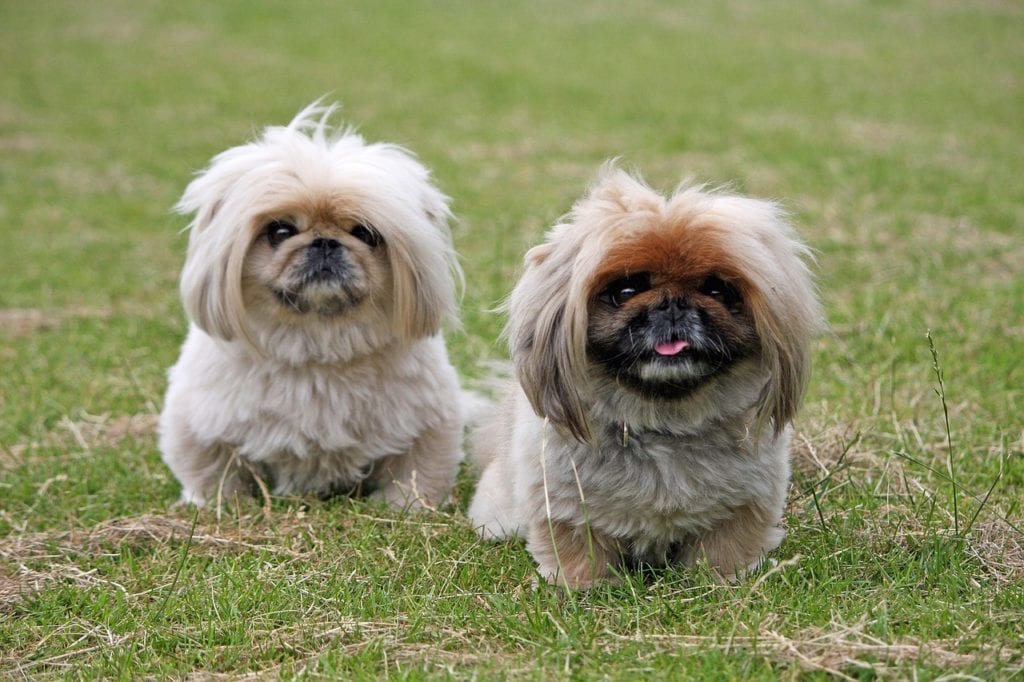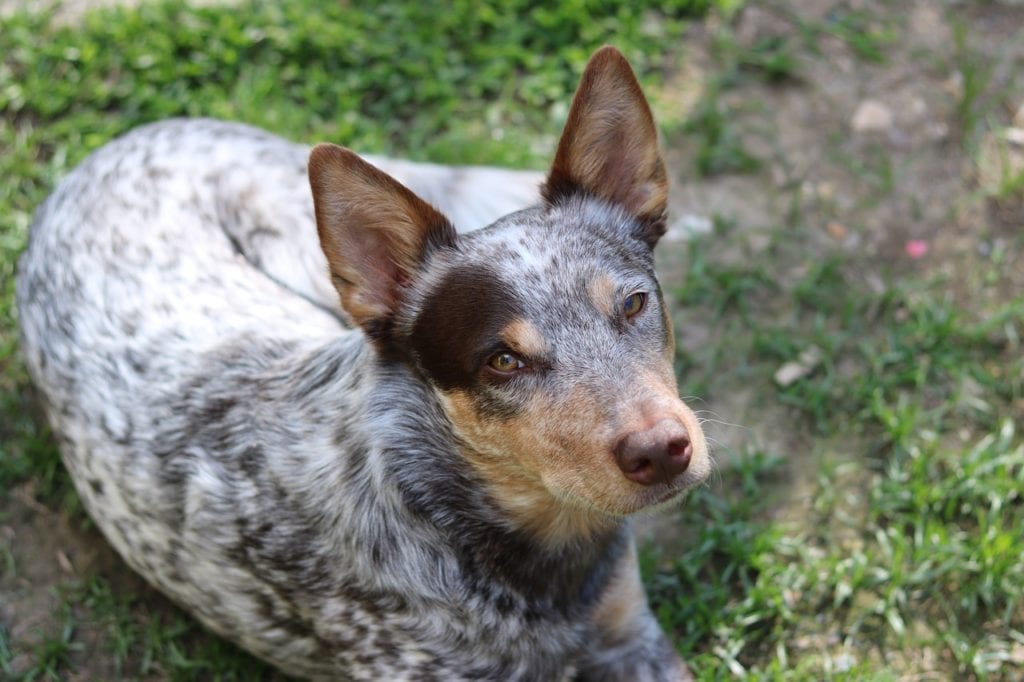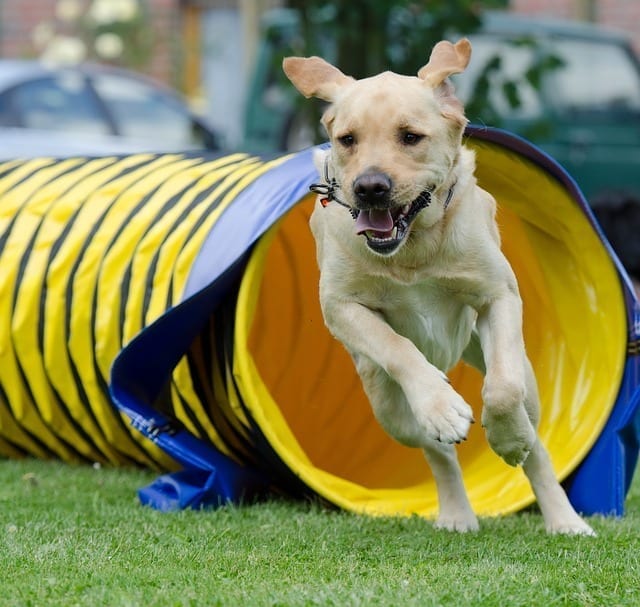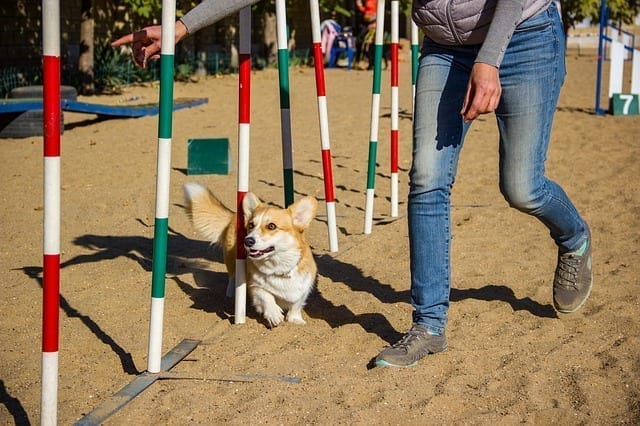The Basenji is an athletic, medium sized hunting dog with its origins traced back to central Africa. They are unique among dogs for their sound. They do not bark, but yowl a high-pitched guttural vocalization unique to their breed due to their unusually shaped larynx.
History of the Basenji
Basenjis are one of the oldest dog breeds, already a domesticated dog before they were brought up the Nile to Ancient Egypt as gifts for the pharaohs. They have long been used as hunting dogs by the locals in and around the Congo who revered these dogs for their aptitude, bravery, speed and calm.
They hunt by sight and scent and have a high prey drive. They were bred to hunt small game and rodents. They will go after cats and other small animals.
This medium sized breed was accepted into the American Kennel Club in 1944. They stand between sixteen to seventeen inches at the shoulder and weigh between 22-24 pounds. Basenji live an average of thirteen to fourteen years.
Basenji Characteristics
The basenji is known as a catlike canine. Fastidious in their cleanliness, they will groom themselves like a cat. Also like a cat, they dislike wet weather and will refuse to go out when it is damp and wet.
They have a short coat that comes in red, black, tri-color and brindle. They all have white chests, feet and tail tips. The breed is characterized by a tightly curled tail, wrinkles between their erect ears and expressive almond shaped eyes. They are equally long and tall, giving a square appearance to their body.
The basenji have a distinctive gait. They trot, almost like a racehorse. Like a spirited racehorse, they can be a challenge to train. The wild African dog in them makes them independent and free thinking. Start these dogs in obedience training as puppies.
They are quite agile and athletic. The basenji is able to jump and climb. Chain link fence and other obstacles are not deterrents to escape for them. They are good problem solvers and are able to stand on their hind legs, like a prairie dog, when motivated to reach a goal.
Basenjis will do well when raised with children from puppyhood, but is not generally known as a dog good with children. Unless this dog is raised with cats or other small animals that are recognized as family, he shouldn’t be left alone with them unsupervised. They will see them as prey.
These dogs can adapt to apartment life but will need to have enough exercise and playtime provided. They have high exercise needs. They do not have problems with separation and does well being left alone for long stretches. They tend to emotionally attach themselves to one person.
The popularity of this breed has remained relatively stable over the past decade. The AKC has them ranked 87th out of 200 currently. Overall, the Basenji is a wonderful and unique dog. They make good pets for veteran and first time pet parents alike, but should go to an energetic home.
When shopping for a dog door, the Basenji will need a medium sized PlexiDor Dog Door. Our doors come in both a standard and an electronic model. The standard dog door provides access through walls, doors sliding glass doors, French doors and glass house doors. They are available in bronze, silver and white for walls and doors and bronze and white for glass.
We are so sure you’ll love your PlexiDor Dog Door, we offer a 90 day money back guarantee. Our standard door comes with a ten year warranty and the electronic model comes with a five year warranty. Contact out Customer Service Department for additional questions or call 888-PET-DOOR.




